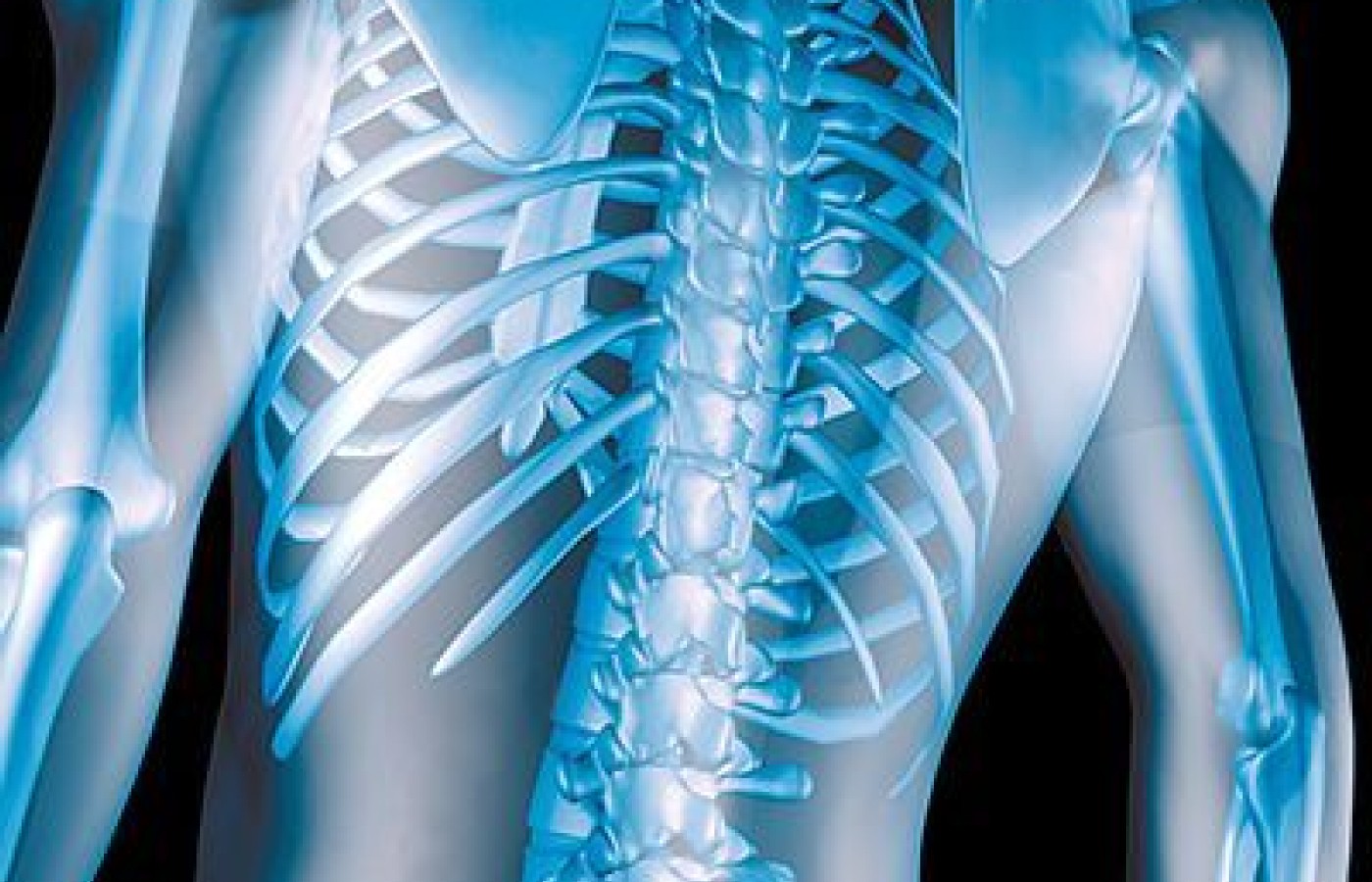Recent laws in New Jersey and California represent a disturbing trend that will negatively impact a practice’s ability to collect monies from patients, as well as expose them to significant penalties if the practice does not follow the mandatory guidelines to a T. Please be aware that a similar law may be coming to your state. The time to act is before the law is passed.
Thoracolumbar Syndrome: The Great Mimic
The thoracolumbar junction is a common area of joint dysfunction. The most obvious cause is dysfunctional breathing or lack of diaphragmatic breathing. Treating this breathing problem will ultimately be the long-term cure for the syndrome. However, the reason we call thoracolumbar syndrome the "great mimic" is because its presentation is similar to sacroiliac syndrome, hip pain and pubic pain.
A common misunderstanding in manual therapy treatment is that localized pain signifies the manipulable lesion. This is almost never the correct assumption. Pain is usually due to joint hypermobility or irritation of nerves, neither of which responds to manipulation at the site of pain.
Thoracolumbar syndrome is possibly the easiest condition to treat as long as it is recognized. As mentioned, the pain patterns mimic sacroiliac pain, hip pain or pubic pain. If the orthopedic tests are negative for these conditions, you should consider the possibility of thoracolumbar syndrome.
Etiology and Diagnosis
The etiology of thoracolumbar syndrome is thoracolumbar dysfunction and irritation of the cluneal nerves. After leaving the T/L junction, the cluneal nerves continue to include the broad area of the sacroiliac joints, the hip and extending to the pubic region. Due to the high prevalence of dysfunctional breathing (about 60 percent of the population), this condition also has a very high prevalence.

Diagnosis of thoracolumbar syndrome is relatively simple. During palpation in a "sphinx" position, pain often occurs in the low back, hip or pubic region as the doctor palpates the T/L region. A clinical jewel is the use of skin rolling over the sacroiliac joints. If the sacroiliac joints are inflamed, skin rolling is mildly irritating; but because the cluneal nerves are more superficial, skin rolling will be exceedingly painful.
Thoracolumbar syndrome will never exhibit thoracolumbar pain. We also should point out that a rare thoracolumbar disc herniation can produce exactly the same symptoms. Failure to perform the femoral nerve stretch test could result in a failure to recognize this condition. All rare conditions, although rare, must be accounted for.
Treating T/L Syndrome
Treatment for thoracolumbar syndrome is primarily T/L extension in a supine position. Other T/L adjustments can be utilized, but supine extension is the most effective. Prone manipulation at that level is not only painful from personal experience, but also a higher risk for rib fracture.
Another clinical jewel is the effect of T/L manipulation on perpetually cold feet. Manipulation of this area tends to alleviate the chronic cold feet caused by dysfunction of the thoracolumbar joint.
Sphinx Posture Palpation
- Patient prone on elbows, slightly in front of shoulders
- Head facing forward as if watching TV
- Doctor starts at T4 and palpates down the spine, feeling for restriction
T/L Supine Extension
- Patient is supine; doctor begins hip to hip (if doctor is smaller than patient, doctor is eye is to eye)
- Doctor's weight is forward on well-dorsiflexed front leg
- Patient's arms are crossed with hands under axillas
- From the left side of the table, the doctor's right forearm compresses both arms of the patient
- The doctor's left hand lifts the patient's head into the doctor's right hand
- At this point, the doctor is ear to ear with the patient
- The patient is lifted to the point of contact by the doctor sitting toward the patient's hip
- The contact is a soft fist that straddles the spinous process
- The doctor allows the patient to fall back until the full weight of the spine is on the contact
- The thrust is a body drop through the contact hand
We would like to again point out that thoracolumbar syndrome is most likely the most missed condition by our profession. Although the sacroiliac joint is commonly dysfunctional, it is not a common pain generator. If a patient exhibits sacroiliac pain, we recommend thoracolumbar syndrome as the first diagnosis.
Editor's note: This is the third article in a series on chiropractic techniques to treat challenging patient presentations. "The Struggle to Heal the Cervical Syndrome" kicked off the series in the June 1, 2014 issue.



